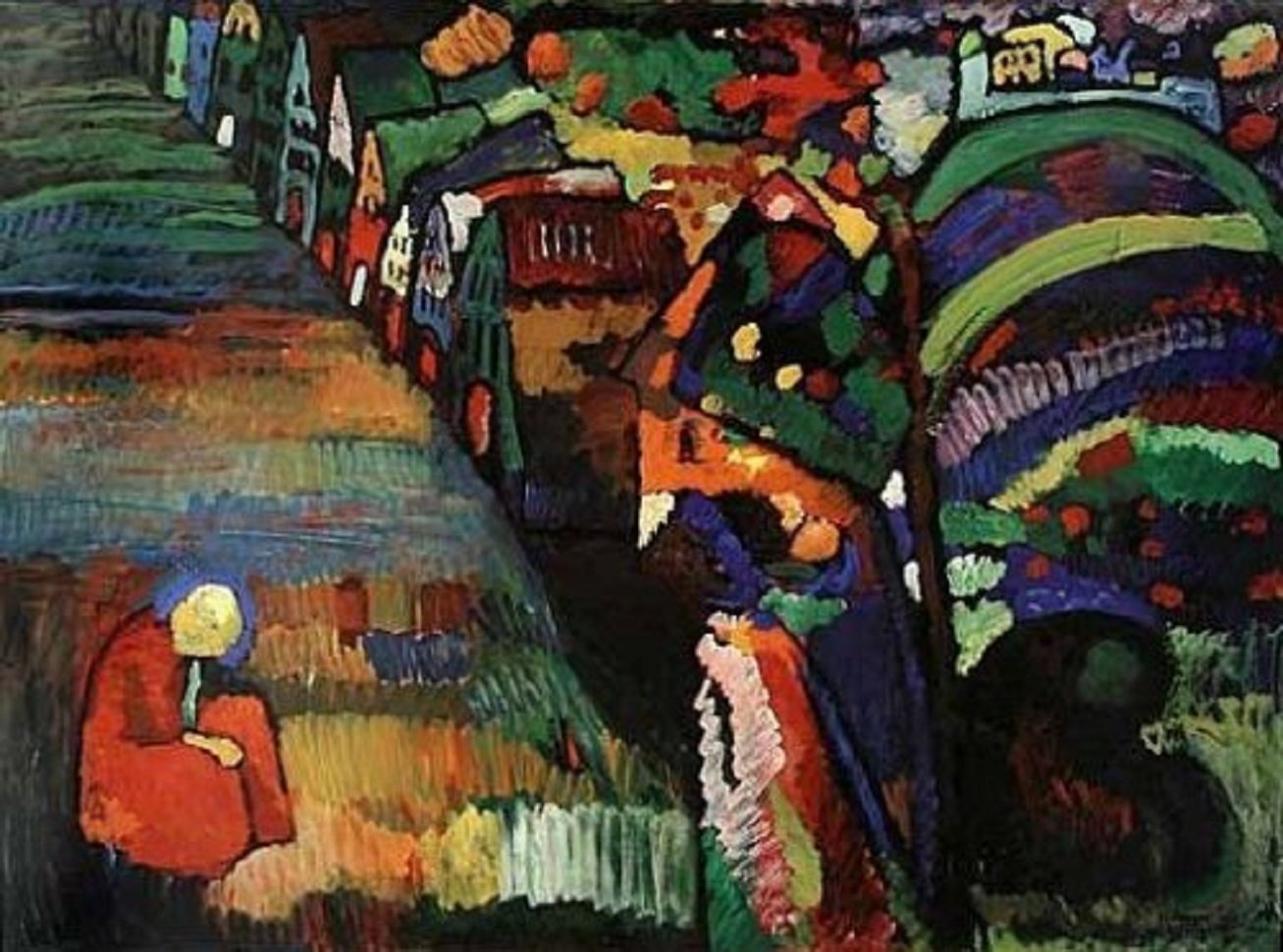
The descendants of a Jewish art collector have filed a lawsuit seeking the return of Wassily Kandinsky’s Painting with Houses (Bild mit Häusern) (1909) from the Stedelijk Museum in Amsterdam.
The city-owned museum purchased the painting at auction in Amsterdam in October 1940. The work found its way to the block under mysterious circumstances, leading the heirs to believe that the sale was involuntarily made under duress from occupying Nazi forces.
In 2018, the Netherlands’ Advisory Committee on the Assessment of Restitution Applications investigated the case and found that the Stedelijk was not obligated to return the painting.
The new lawsuit disputes that opinion, which is binding.
“It has recently become clear that the restitution committee was biased, as four of the seven members have close professional and personal ties with the Stedelijk Museum,” according to a written statement from the Mondex Corporation, which is representing the claimants.
The lawsuit claims that the committee’s recommendation violates the restitution guidelines set forth by the country’s Ekkart Committee, which holds “that sales of works of art by Jewish private persons in the Netherlands from 10 May 1940 onwards be treated as forced sales, unless there is express evidence to the contrary.”
The restitution committee admitted that it remains unclear under what exact circumstances the piece was brought to auction. The recommendation argued that there was no proof that the sale was involuntary, stating: “at this stage of the occupation, no anti-Jewish measures had come into force that were targeted at the confiscation of Jewish possessions.”
The committee also noted that there was never any attempt to reclaim the work after the war.
The work’s provenance complicates the matter. Emanuel Lewenstein purchased the painting in 1923 from art dealer Paul Citroen. Upon Lewenstein’s death, it passed to his widow, Hedwig. The couple had two children, Robert and Wilhelmine, who inherited it upon their mother’s death in 1937.
In her will, Hedwig instructed that her children draw lots to divide her property. But that does not appear ever to have happened.
Because it remains unclear how the property was ultimately divided, three Lewenstein family members—a descendant of Wilhelmine, a descendant of Robert, and a descendant of Robert’s ex-wife, Irma Klein, whom he divorced before the 1940 sale—are jointly seeking the painting’s return.
According to the restitution committee, the work was likely sold in 1940 by Klein, although that claim has not been proven. The picture sold for 160 guilders (which equates to around €1,400 today)—a sum the current claimants say was a fraction of its value.
As of press time, neither the museum nor the restitution committee had responded to inquiries from Artnet News.
“The Stedelijk Museum is wrongly hiding behind the opinion of the restitution committee,” the Mondex Corporation says in its statement. “The Lewenstein heirs fail to understand why the Stedelijk Museum retains looted art and chooses to continue to retain it.”